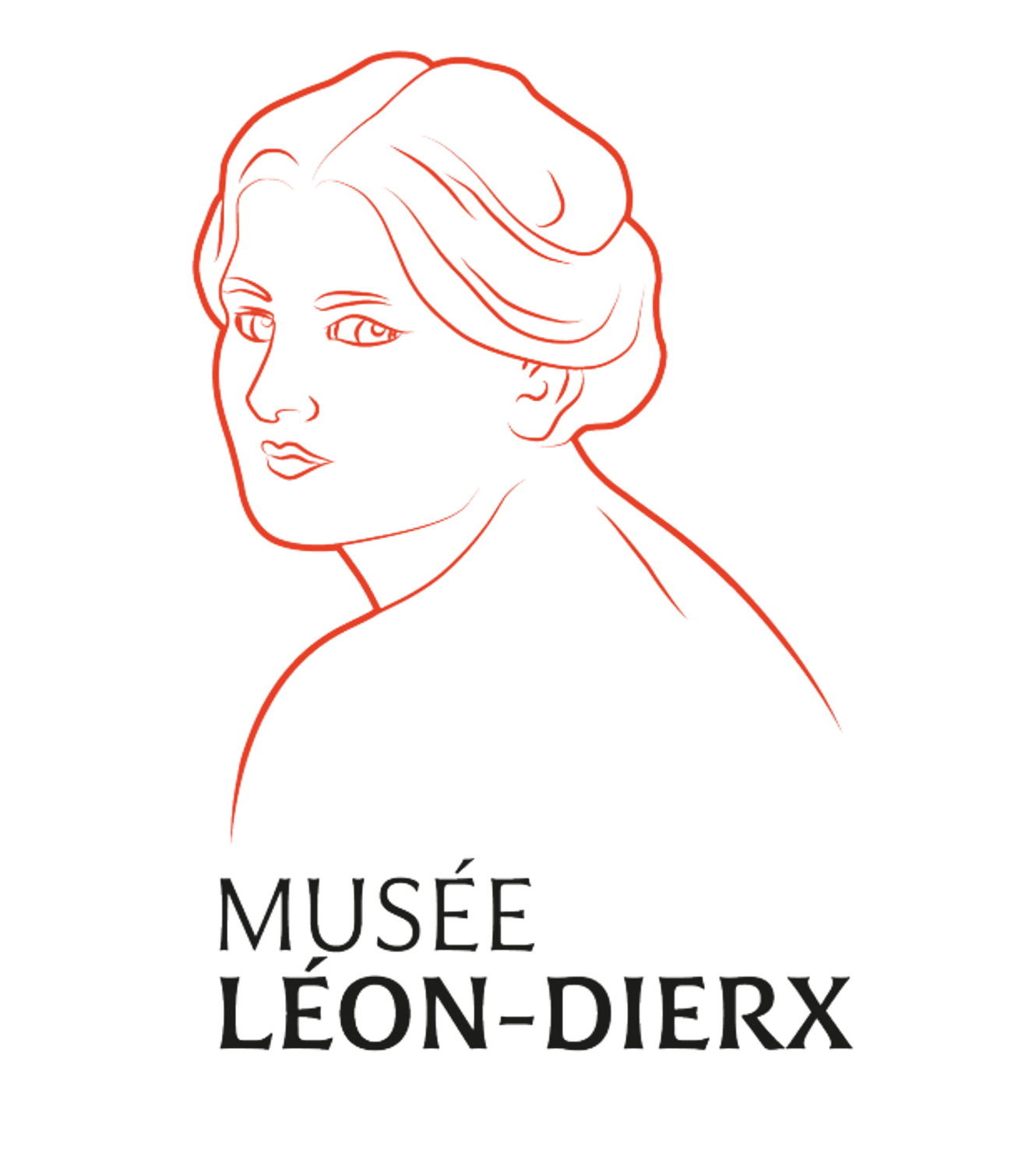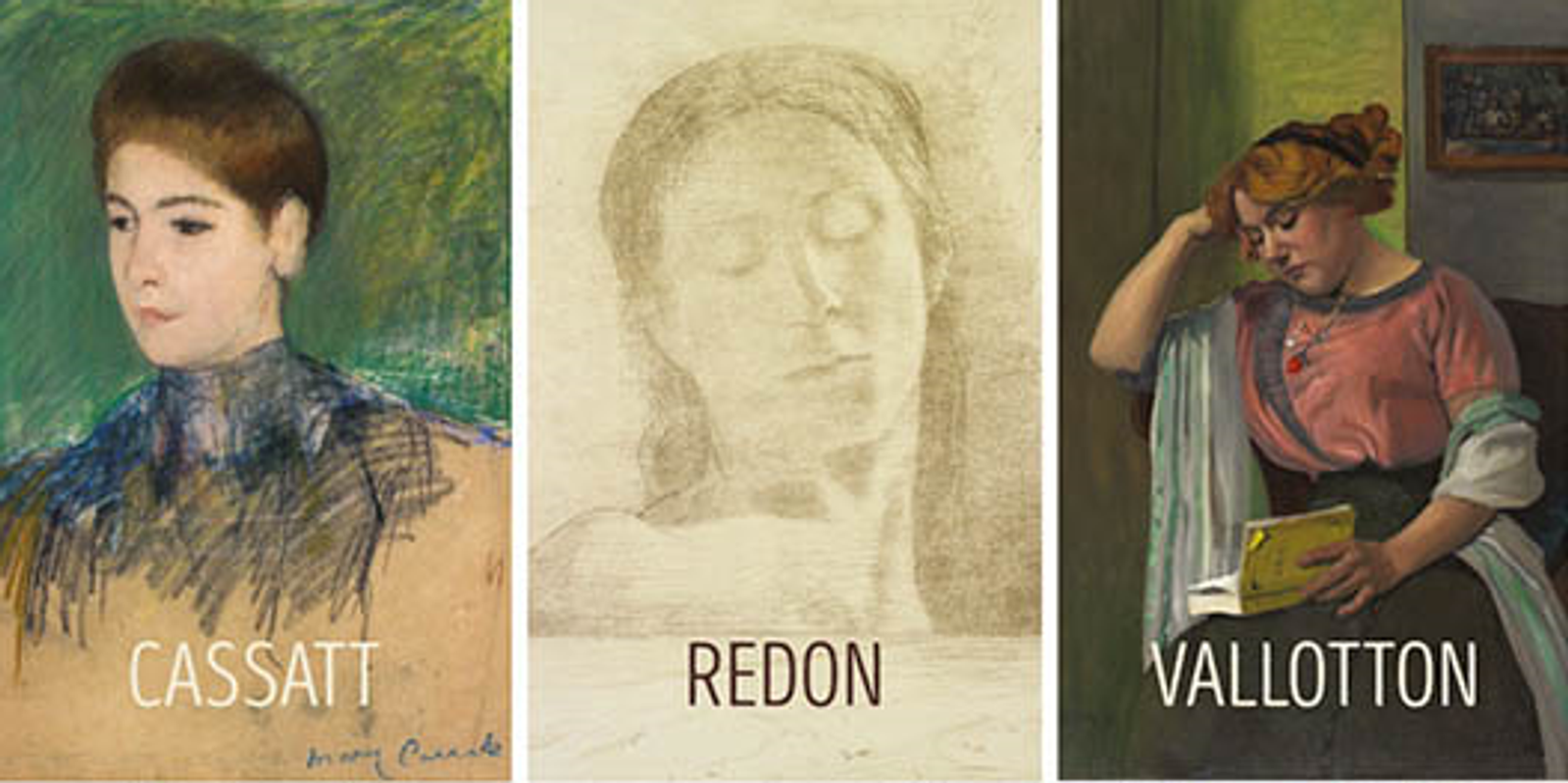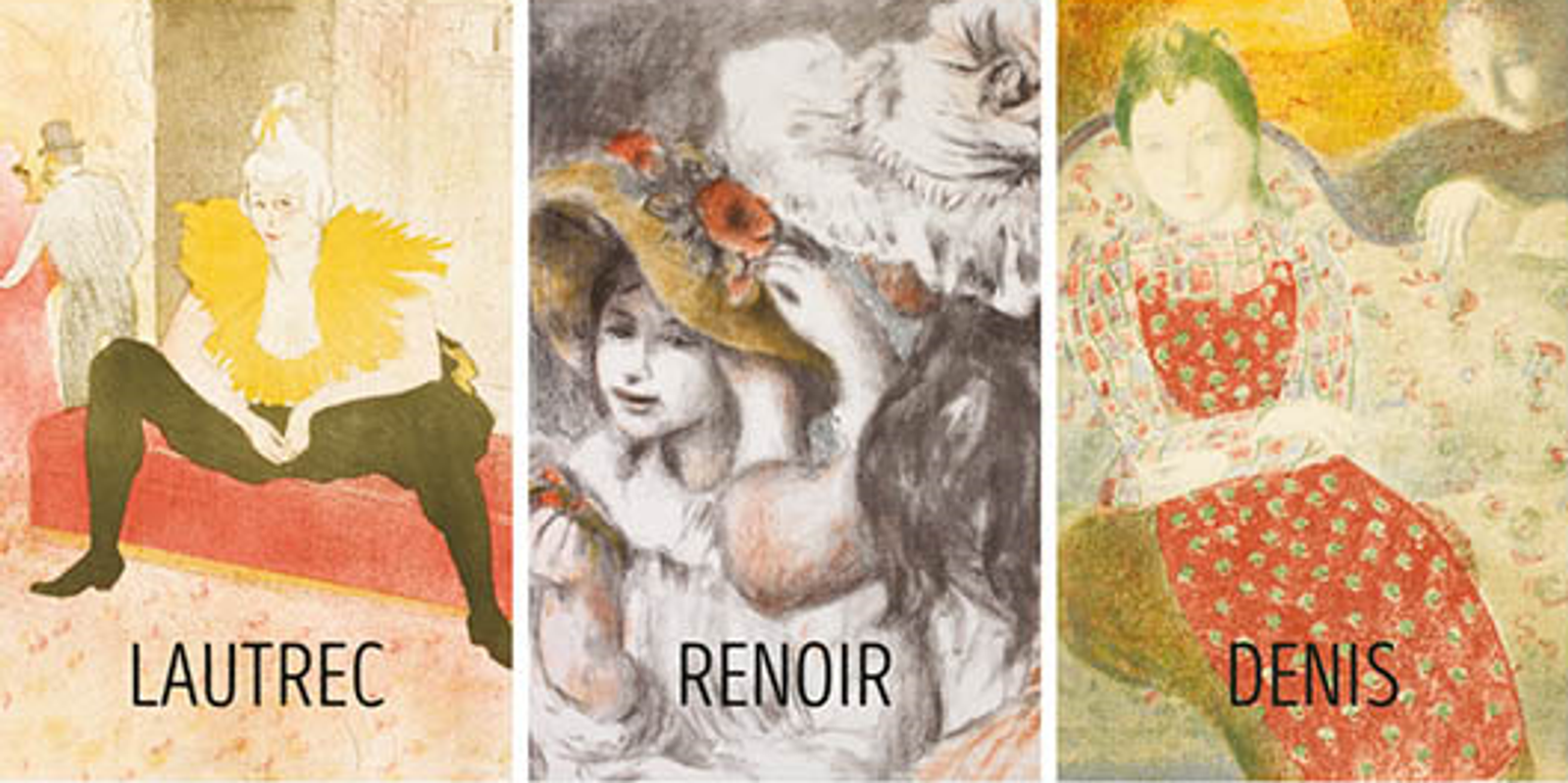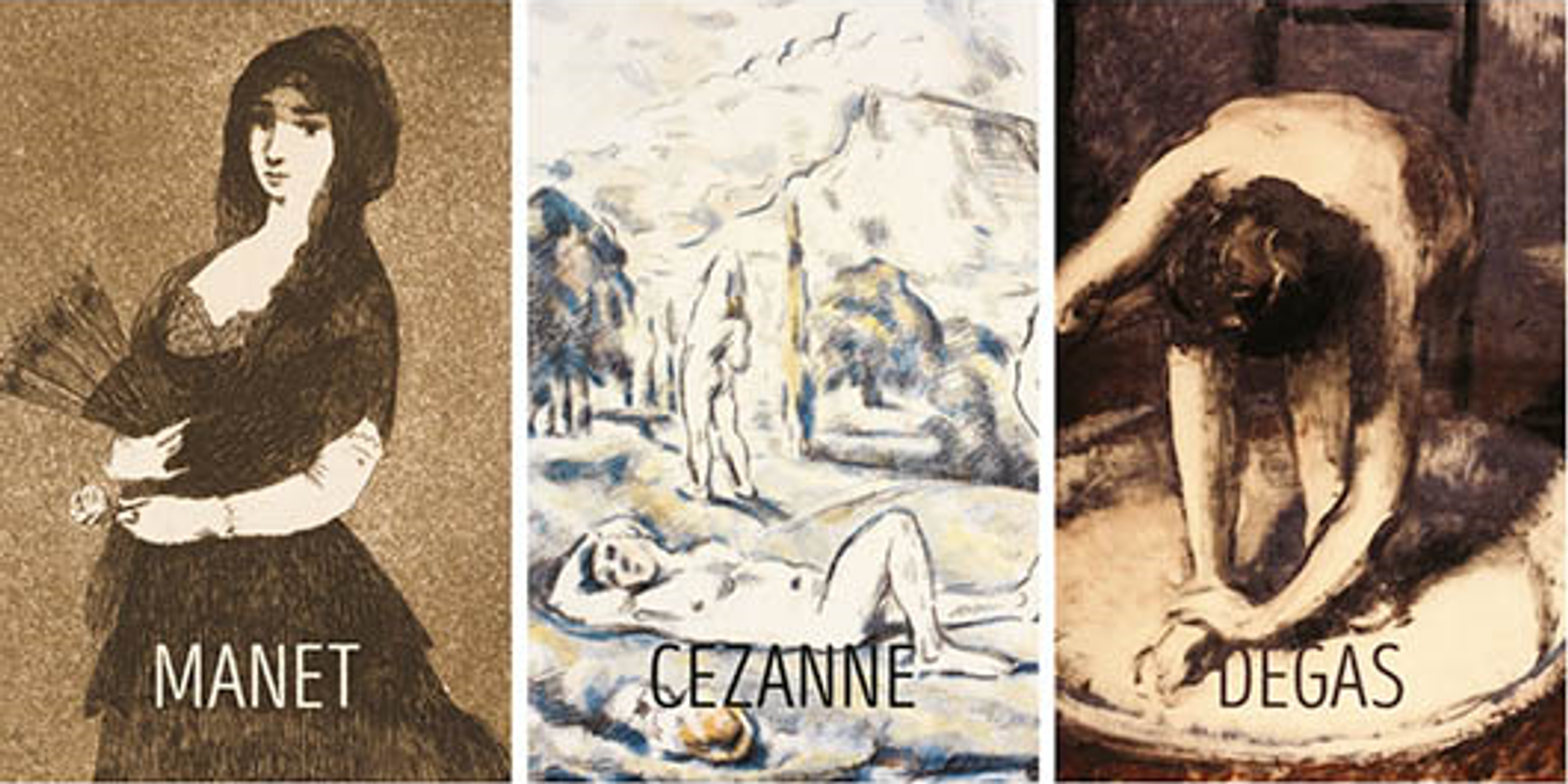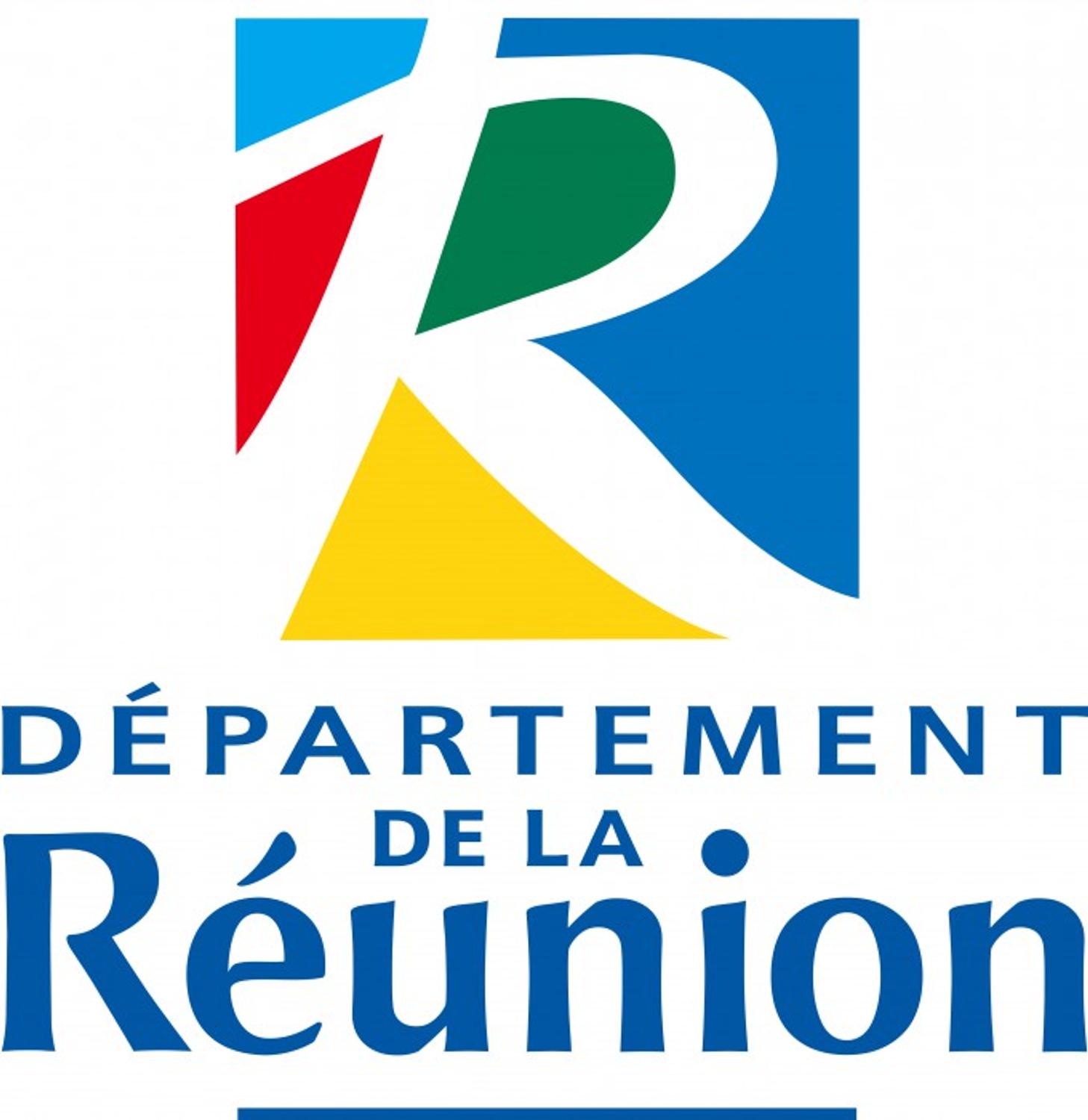From Manet to Picasso, treasures of the Johannesburg art gallery and the Leon Dierx art gallery
25th November 2016 - 4th June 2017
Brought together for the first time, French 19th and 20th century works of art in the Leon-Dierx and Johannesburg art galleries make up a unique collection in the southern hemisphere.
Claude Monet, Henry de Toulouse-Lautrec, Auguste Rodin, Paul Gauguin, Gustave Caillebotte, Maurice Denis, Pierre Auguste Renoir, Odilon Redon, Pierre Bonnard, Edouard Vuillard, etc. broke away from the codes of 19th century academic tradition; for half a century, these artists, now renowned, developed a new approach for representing our world.
The selection of works displayed comprised over 200 treasures from the two art galleries.
Two museum, two collections
As regards the artists creating works in Paris between 1860 and the Second World War, the collections of the Johannesburg Art Gallery in South Africa and those of the Leon-Dierx art gallery in Reunion present such similarities that it was tempting to bring them together in order to illustrate the history of art during this particularly rich period, through over 200 works (including a large number of original etchings) produced by almost fifty artists.
The selection from each of the two collections made it possible to illustrate all the innovative artistic movements of the late 19th and early 20th centuries, while avoiding academic-style production.
The two art galleries have different histories, but when each was set up at the start of the 20th century, the initial collections were resolutely modern. Later, each was enriched, with important collections of etchings added to the Johannesburg collection and the Vollard donation brought in to the Leon-Dierx art gallery.
19th-century revival of etchings
To understand how artists in second half of the 19thcentury managed to make a living out of their art or not, we can note that the art market was, at the time, structured around a few annual events such as the painting and sculpture Salon organised by Academy of fine arts, with its very selective jury that was opposed to aesthetic innovation. After 1870, exhibition possibilities became more diversified, with the creation of new Salons that had no jury or prizes. These were organised by societies of artists in Paris and Brussels. There were also group exhibitions held, such as those of the Impressionists between 1874 and 1886.
In Paris, private art galleries played an essential role for artists, in particular the gallery of Ambroise Vollard (1866-1939), originally from Reunion and who became well-known for discovering talents and defending artists that later became famous thanks to him: Gauguin, Cézanne, Émile Bernard, Mary Cassatt, Valtat and Picasso. He also largely contributed to the renewed popularity of original etchings by publishing albums, for example with the Nabis and painters-engravers such as Maurice Denis, Vuillard, Bonnard and Ker-Xavier Roussel. He also published a large number of works aimed at bibliophiles, illustrated by Rodin, Bonnard or Odilon Redon, for example.
All the techniques of prints popular at the time were represented in this exhibition, such as woodcuts (Lepere, Vallotton, Gauguin), etchings and drypoint (Manet, Pissarro, Berthe Morisot Mary Cassatt, Besnard or Picasso), monotype (Degas ou Gauguin) and more particularly lithography, practiced by the Nabis, Renoir, Steinlen, Toulouse-Lautrec, Fantin-Latour and Odilon Redon.
